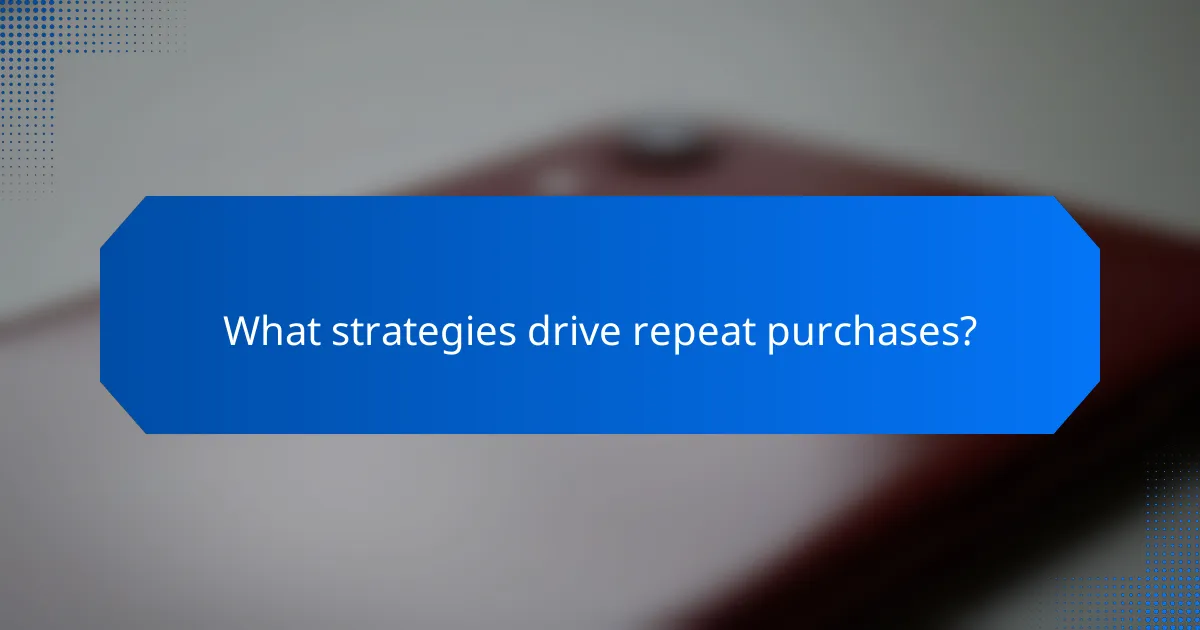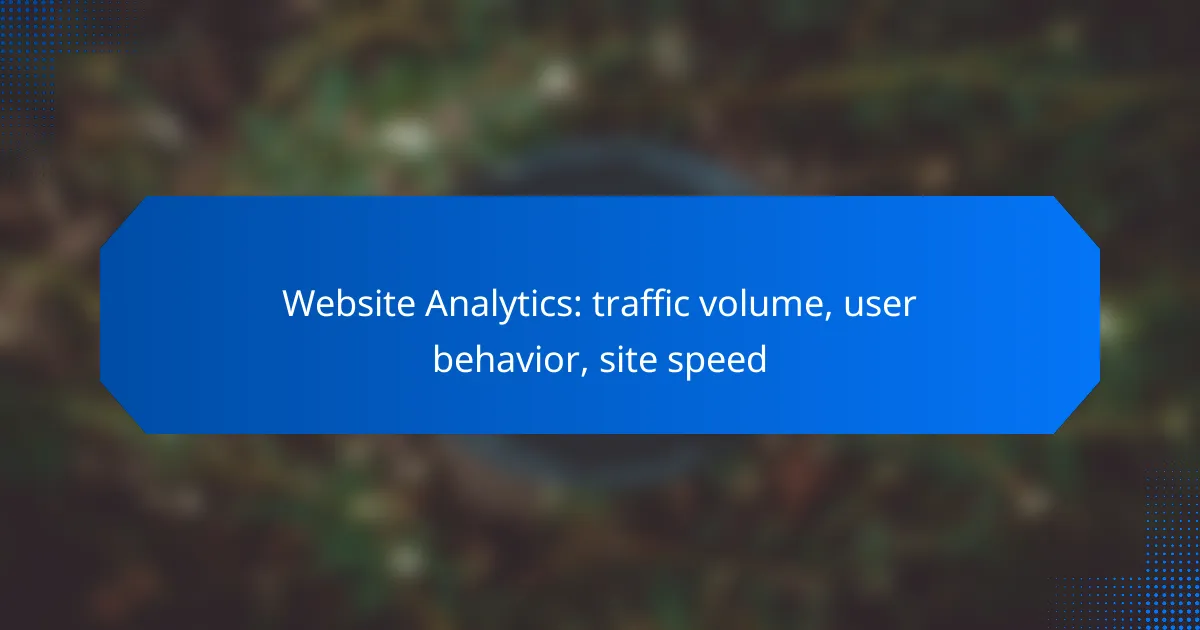
Customer retention is a vital aspect of business success, particularly in today’s competitive market. Implementing effective loyalty programs can encourage repeat purchases and strengthen the relationship between customers and brands, ultimately reducing churn rates. By focusing on personalized marketing and actively engaging with customer feedback, businesses can enhance satisfaction and foster long-term loyalty.

How can loyalty programs improve customer retention in Australia?
Loyalty programs can significantly enhance customer retention in Australia by incentivizing repeat purchases and fostering a deeper connection between consumers and brands. These programs often reward customers for their loyalty, which can lead to increased engagement and reduced churn rates.
Increased customer engagement
Loyalty programs boost customer engagement by offering rewards that encourage frequent interactions with the brand. For instance, customers may earn points for each purchase, which can be redeemed for discounts or exclusive products. This ongoing interaction keeps the brand top-of-mind and motivates customers to return more often.
To maximize engagement, businesses should ensure that the rewards are appealing and attainable. Regular communication, such as personalized emails or app notifications about points status, can further enhance customer involvement.
Enhanced brand loyalty
By providing tangible benefits, loyalty programs cultivate a sense of brand loyalty among customers. When consumers feel valued through rewards, they are more likely to choose that brand over competitors, even when faced with similar products or prices. This loyalty can translate into long-term relationships and increased lifetime value.
To strengthen brand loyalty, companies should focus on creating a seamless experience across all touchpoints, ensuring that the loyalty program is easy to understand and participate in. Consistent branding and messaging can reinforce the emotional connection with customers.
Examples of successful programs
Several Australian companies have effectively implemented loyalty programs that drive customer retention. For example, Qantas Frequent Flyer offers points for flights and everyday purchases, which can be redeemed for travel rewards, enhancing customer loyalty to the airline.
Another example is the Woolworths Rewards program, where customers earn points on grocery purchases that can be converted into discounts. These programs illustrate how well-structured loyalty initiatives can lead to increased repeat purchases and reduced churn rates.

What strategies drive repeat purchases?
Strategies that drive repeat purchases focus on enhancing customer loyalty and satisfaction. Effective methods include personalized marketing, subscription models, and integrating customer feedback into business practices.
Personalized marketing campaigns
Personalized marketing campaigns tailor messages and offers to individual customer preferences, increasing engagement and repeat purchases. By analyzing customer data, businesses can create targeted promotions that resonate with specific segments.
For example, an online retailer might send personalized emails featuring products based on previous purchases or browsing behavior. This approach can lead to higher conversion rates and customer retention.
Subscription models
Subscription models provide customers with regular deliveries of products or services, fostering loyalty through convenience. This strategy is effective in industries like food, beauty, and entertainment, where customers appreciate the ease of automatic replenishment.
Businesses should consider offering flexible subscription plans that allow customers to choose frequency and quantity. This flexibility can reduce churn rates and encourage long-term commitment.
Customer feedback integration
Integrating customer feedback into business operations helps companies understand customer needs and improve their offerings. Actively seeking feedback through surveys or reviews allows businesses to make informed adjustments that enhance customer satisfaction.
For instance, a restaurant might adjust its menu based on customer reviews, leading to improved dining experiences and repeat visits. Regularly analyzing feedback can also help identify trends and areas for improvement, ensuring that customer expectations are consistently met.

How does churn rate affect businesses?
Churn rate significantly impacts businesses by indicating the percentage of customers who stop using a product or service over a specific period. A high churn rate can lead to decreased revenue, reduced customer loyalty, and increased acquisition costs, making it crucial for companies to monitor and manage this metric effectively.
Impact on revenue
A high churn rate directly affects revenue by reducing the number of repeat purchases from existing customers. When customers leave, businesses must spend more on marketing and sales to acquire new customers, which can be significantly more expensive than retaining current ones. For example, acquiring a new customer can cost five to seven times more than keeping an existing one.
Additionally, lost customers mean lost sales opportunities, which can lead to revenue declines that may impact overall business growth. Companies may experience fluctuations in cash flow, making financial planning more challenging.
Customer lifetime value reduction
Churn rate influences customer lifetime value (CLV), which is the total revenue a business can expect from a customer throughout their relationship. A high churn rate typically results in a lower CLV, as customers are not retained long enough to generate substantial revenue. This reduction can hinder long-term profitability and growth.
For instance, if a business has a churn rate of 20%, it may only retain a customer for an average of five years instead of ten, drastically cutting potential earnings. Understanding and improving CLV is essential for sustainable business success.
Strategies to reduce churn
To effectively reduce churn, businesses should focus on enhancing customer experience and engagement. Implementing loyalty programs can incentivize repeat purchases and foster stronger relationships. Regularly soliciting customer feedback can also help identify pain points and areas for improvement.
Additionally, personalized communication and targeted marketing campaigns can keep customers engaged and informed about new products or services. Offering exceptional customer support and resolving issues promptly can further reduce the likelihood of customers leaving.
- Monitor churn metrics regularly.
- Invest in customer relationship management (CRM) tools.
- Analyze customer feedback to identify trends.
- Implement loyalty and rewards programs.

What metrics should be used to measure retention?
To effectively measure customer retention, businesses should focus on key metrics such as the customer retention rate, net promoter score, and customer satisfaction index. These metrics provide insights into customer loyalty, satisfaction, and the likelihood of repeat purchases.
Customer retention rate formula
The customer retention rate (CRR) is calculated using the formula: CRR = ((E-N)/S) x 100, where E is the number of customers at the end of a period, N is the number of new customers acquired during that period, and S is the number of customers at the start. This metric helps businesses understand how well they retain existing customers over time.
A healthy retention rate typically ranges from 70% to 90%, depending on the industry. Regularly monitoring this rate can help identify trends and areas for improvement in customer engagement strategies.
Net promoter score
The net promoter score (NPS) measures customer loyalty by asking customers how likely they are to recommend a business to others on a scale from 0 to 10. Customers are then categorized as promoters (9-10), passives (7-8), or detractors (0-6). The NPS is calculated by subtracting the percentage of detractors from the percentage of promoters.
A strong NPS, typically above 50, indicates a loyal customer base. Regularly surveying customers can provide valuable feedback for improving products and services, ultimately enhancing retention.
Customer satisfaction index
The customer satisfaction index (CSI) gauges how satisfied customers are with a company’s products or services. This metric is often derived from surveys that ask customers to rate their satisfaction on various aspects, such as quality, service, and value for money.
A CSI score above 80% is generally considered excellent. Businesses should analyze the feedback to identify strengths and weaknesses, allowing them to make informed decisions that can boost customer retention and reduce churn rates.

What are the prerequisites for effective retention strategies?
Effective retention strategies require a deep understanding of customer behavior, robust data analytics capabilities, and strong cross-departmental collaboration. These elements work together to create a cohesive approach that minimizes churn and enhances customer loyalty.
Understanding customer behavior
To retain customers, businesses must first understand their preferences, motivations, and purchasing patterns. This can involve segmenting customers based on demographics, buying habits, and engagement levels. For example, identifying high-value customers can help tailor loyalty programs that resonate with their specific needs.
Regularly gathering feedback through surveys or direct communication can provide insights into customer satisfaction and areas for improvement. This understanding allows companies to anticipate customer needs and proactively address potential issues that could lead to churn.
Data analytics capabilities
Strong data analytics capabilities are essential for tracking customer interactions and measuring retention metrics. Businesses should invest in tools that can analyze customer data to identify trends, such as repeat purchase rates and churn rates. This analysis can help pinpoint which loyalty programs are most effective and where adjustments are needed.
Utilizing predictive analytics can also forecast future customer behavior, allowing companies to implement targeted strategies that enhance retention. For instance, businesses can create personalized offers based on previous purchases, increasing the likelihood of repeat transactions.
Cross-departmental collaboration
Collaboration across departments, such as marketing, sales, and customer service, is crucial for effective retention strategies. Each department holds valuable insights that can inform a unified approach to customer engagement. For example, marketing can share campaign performance data while sales can provide feedback on customer interactions.
Establishing regular communication and shared goals among departments can enhance the effectiveness of retention initiatives. Creating cross-functional teams to focus on customer retention can lead to innovative solutions and a more holistic understanding of customer needs.


